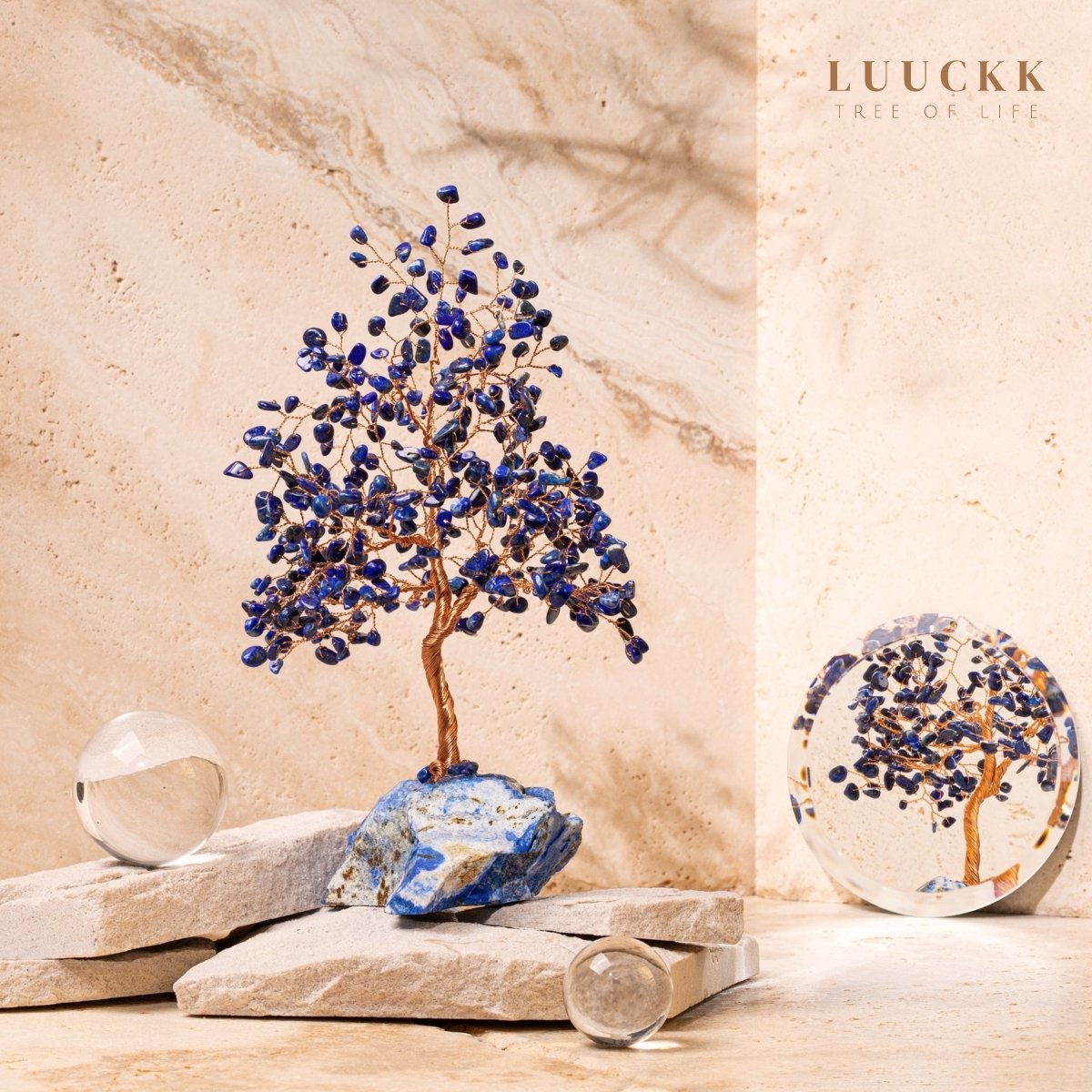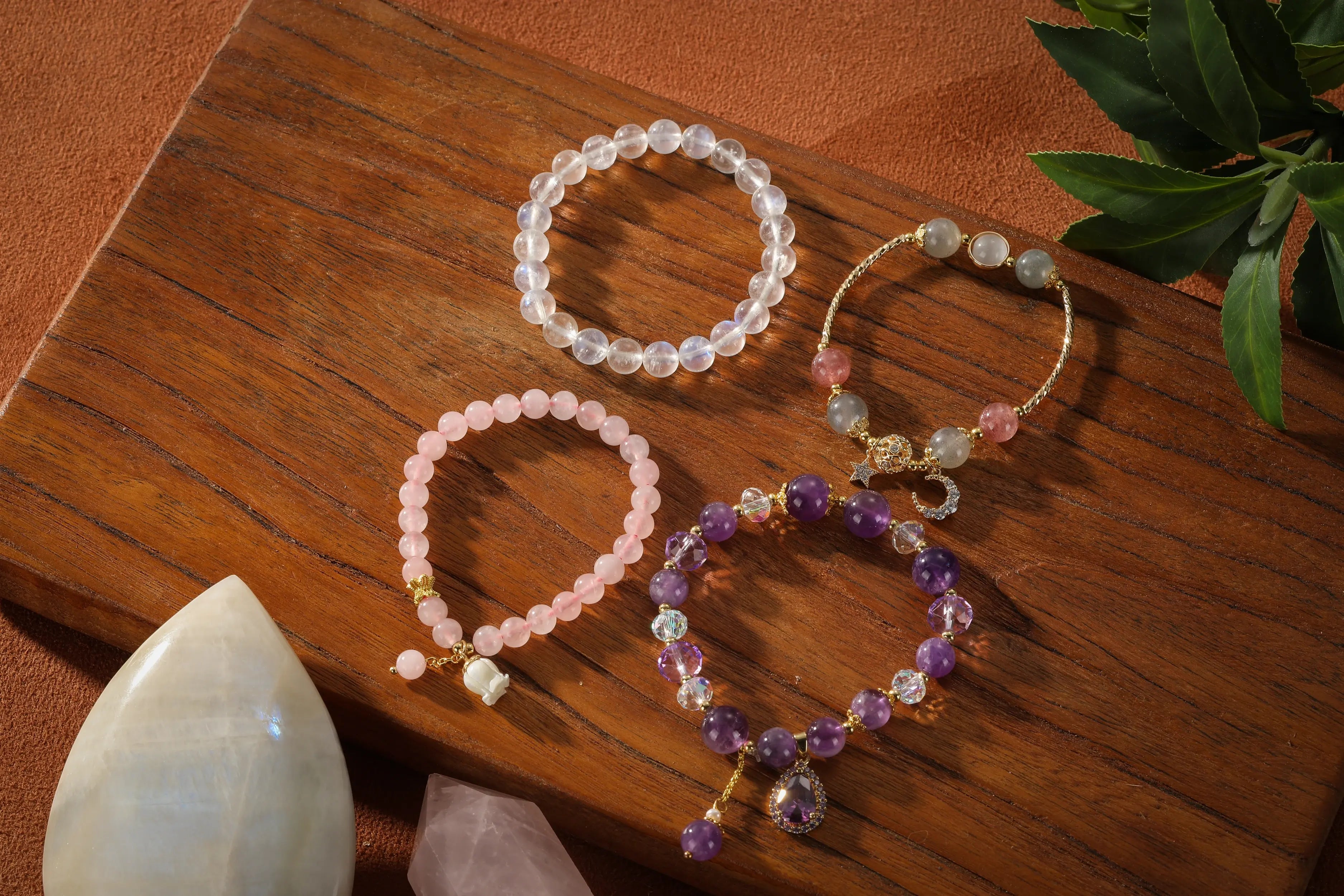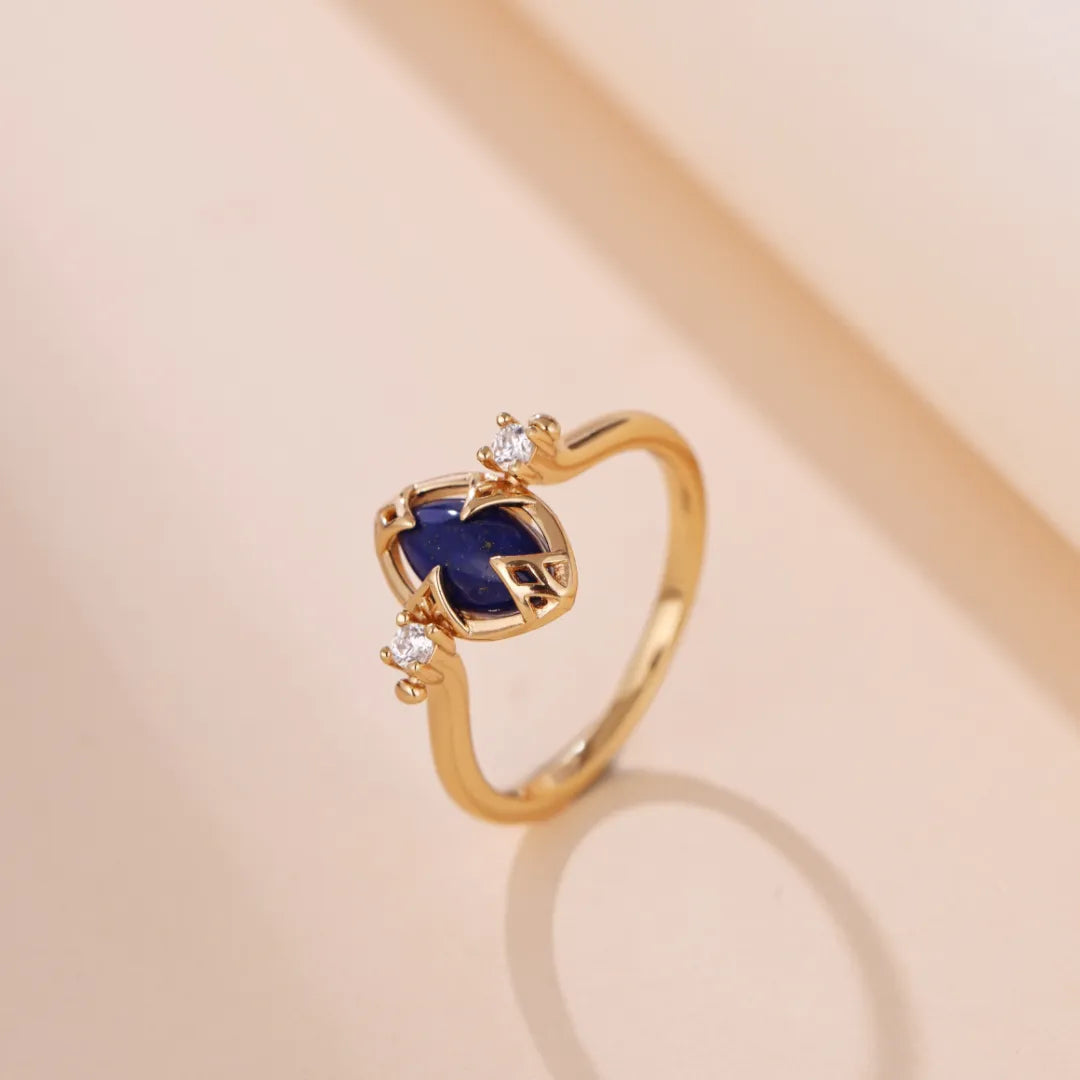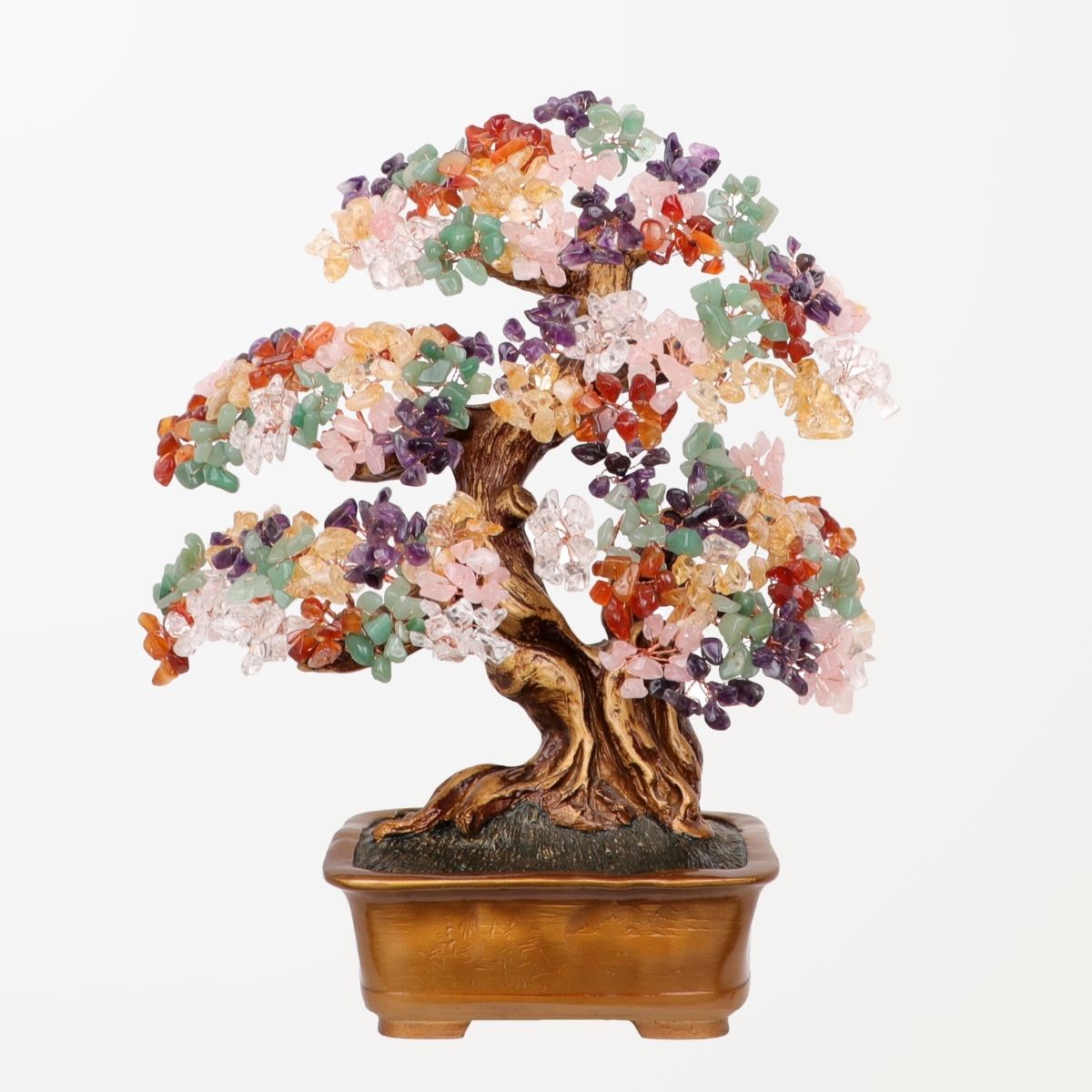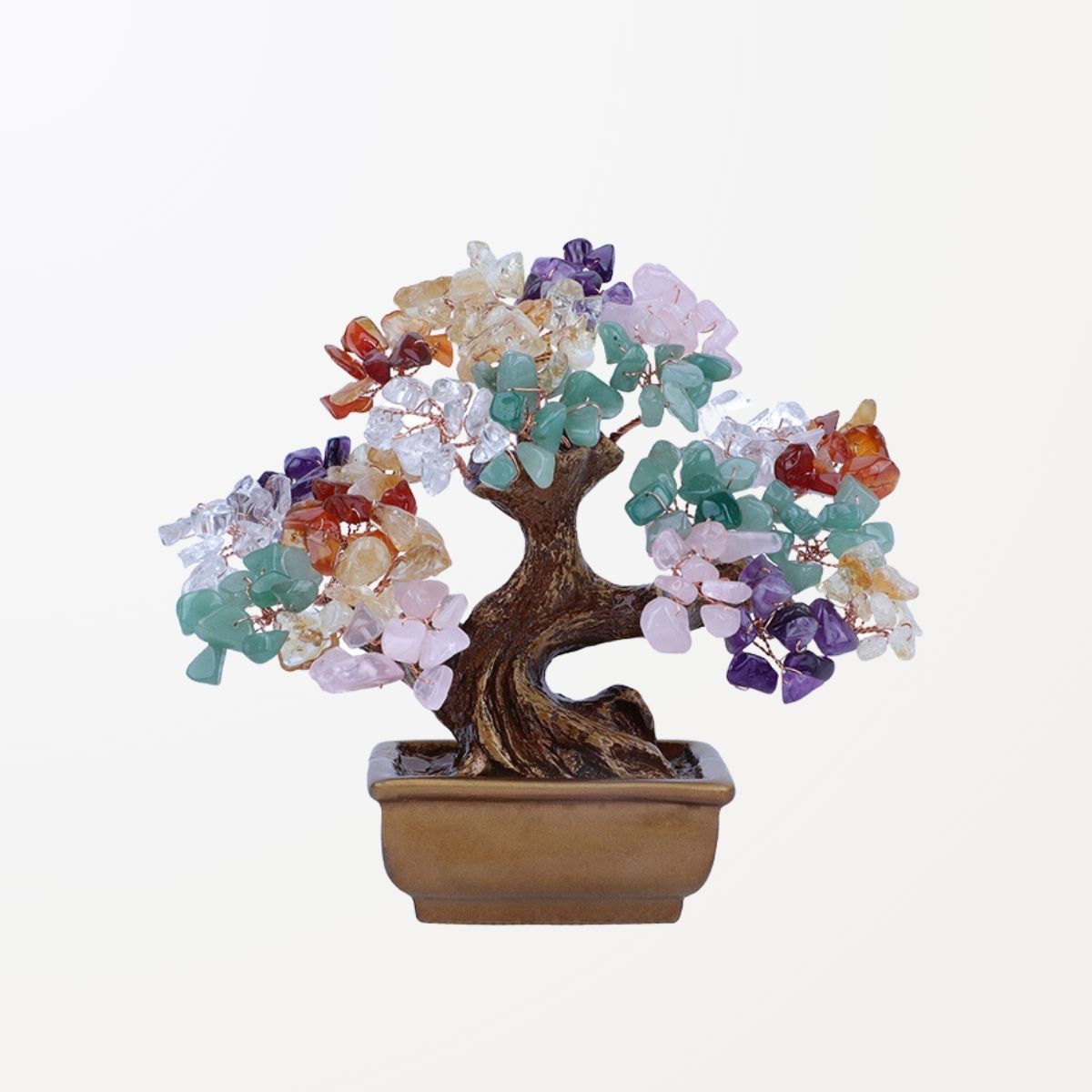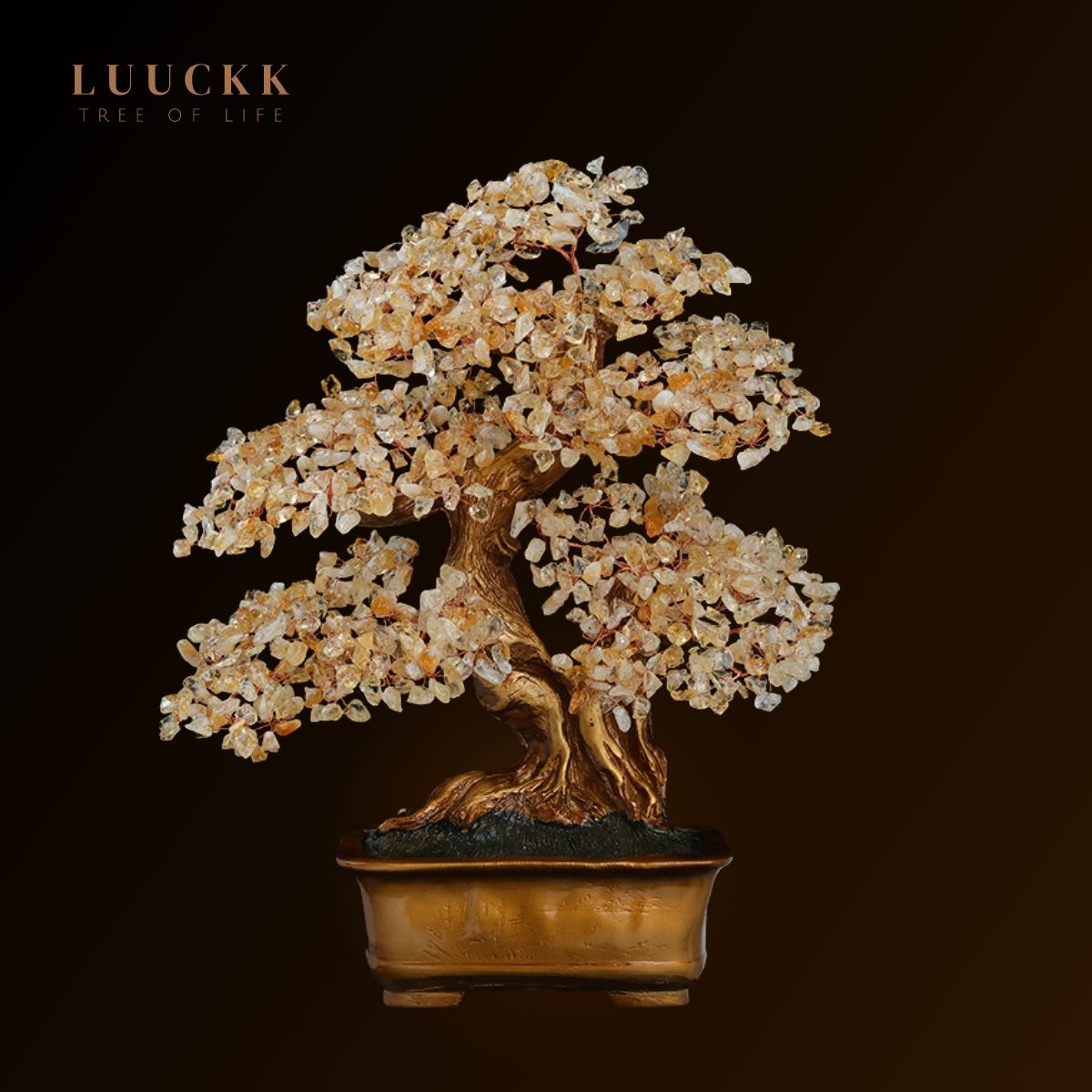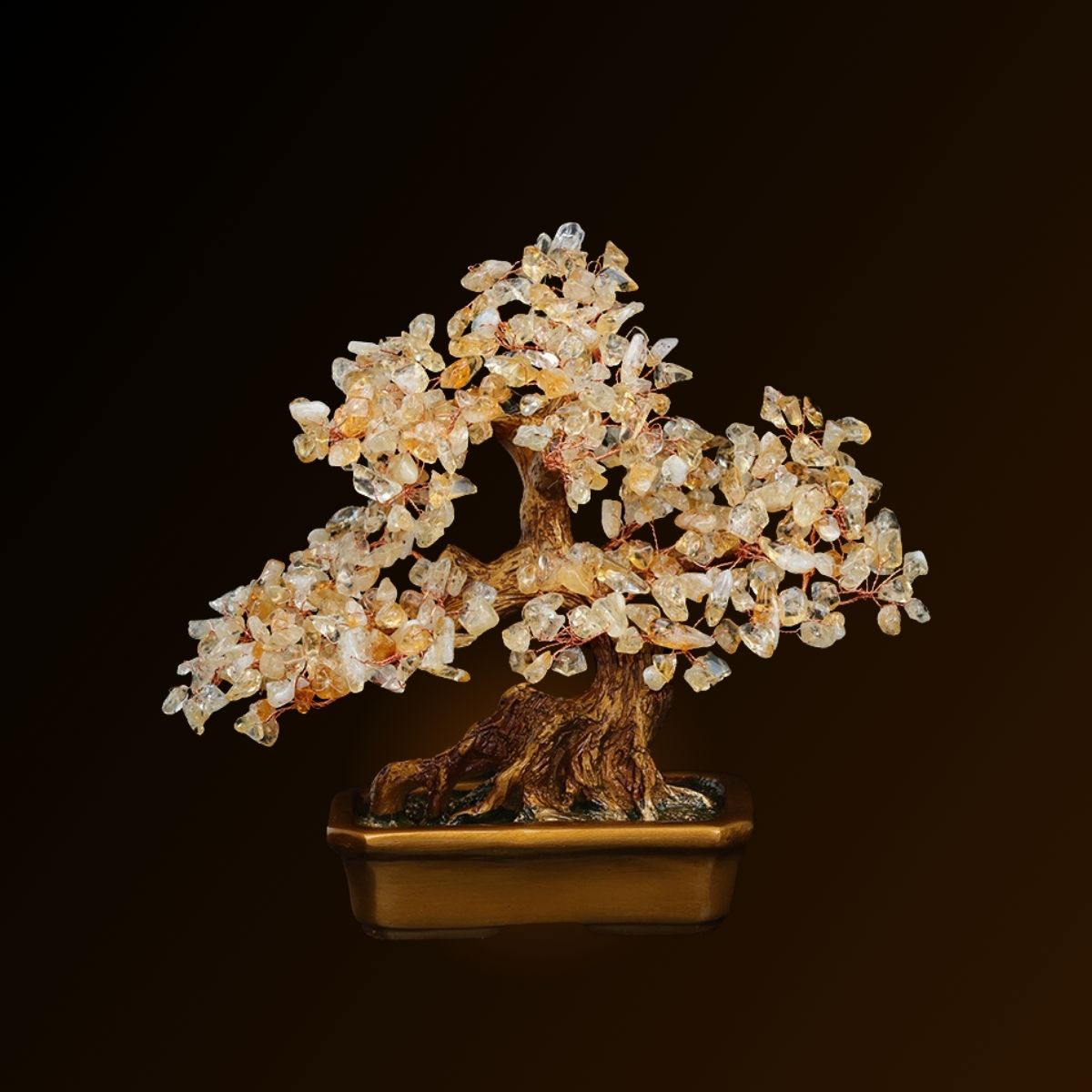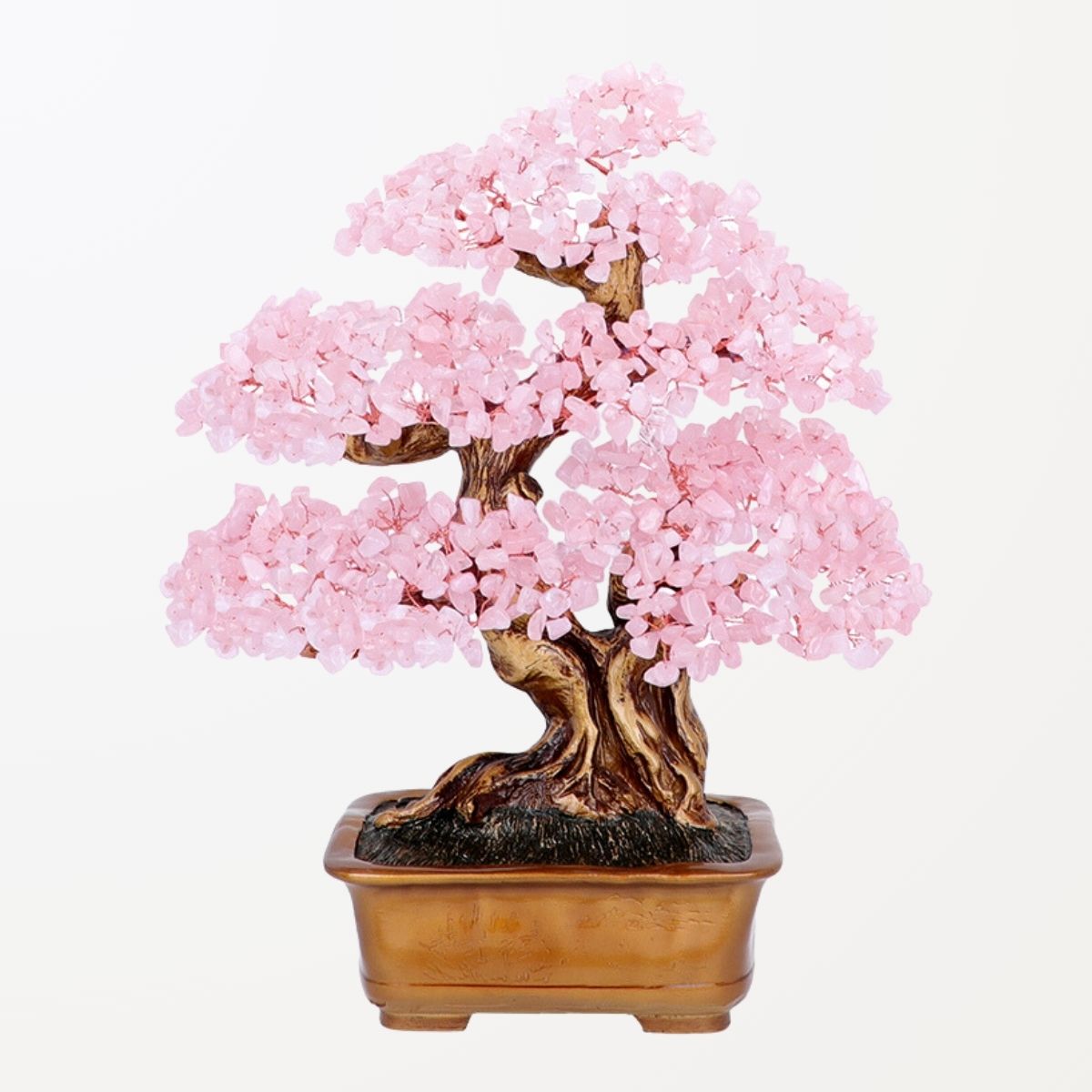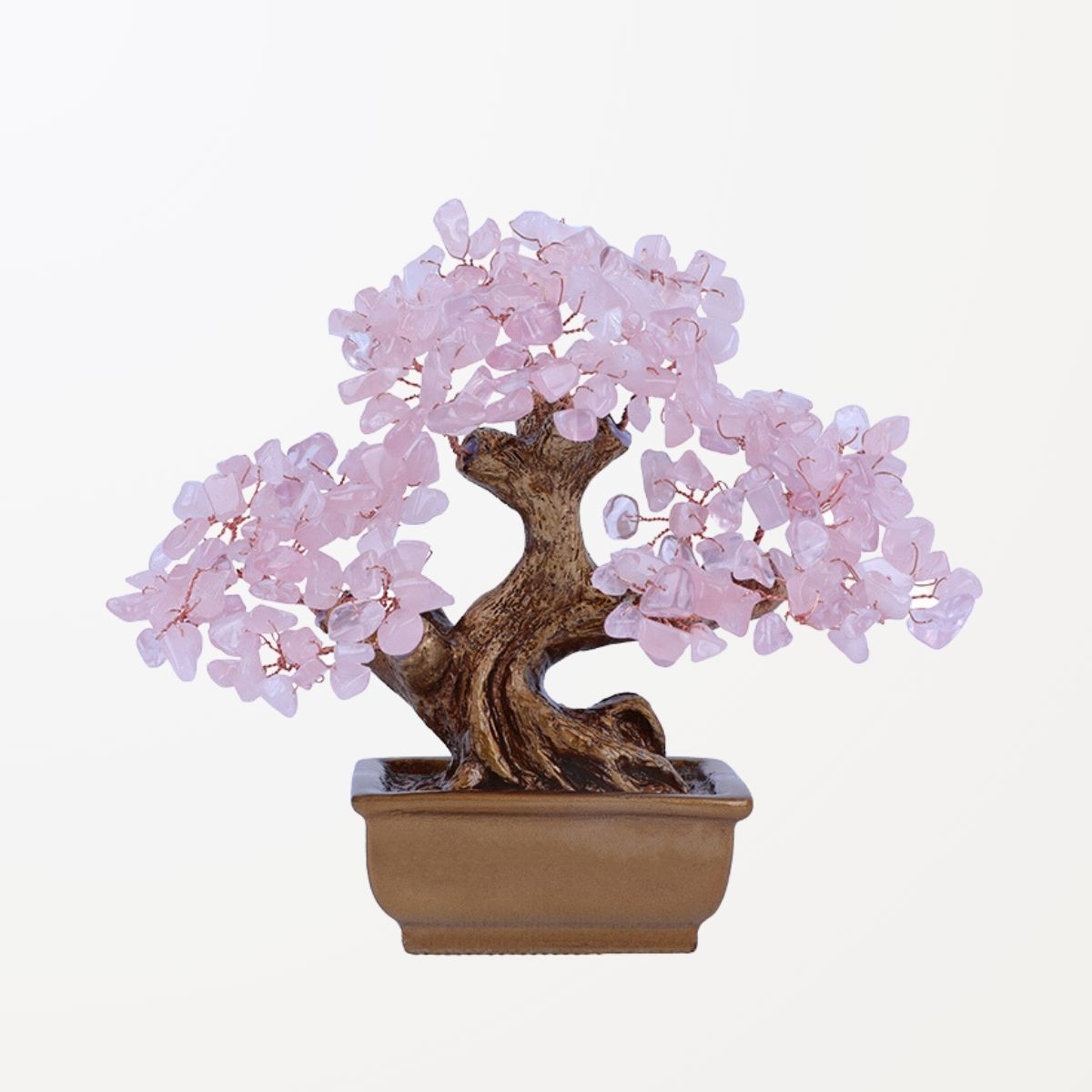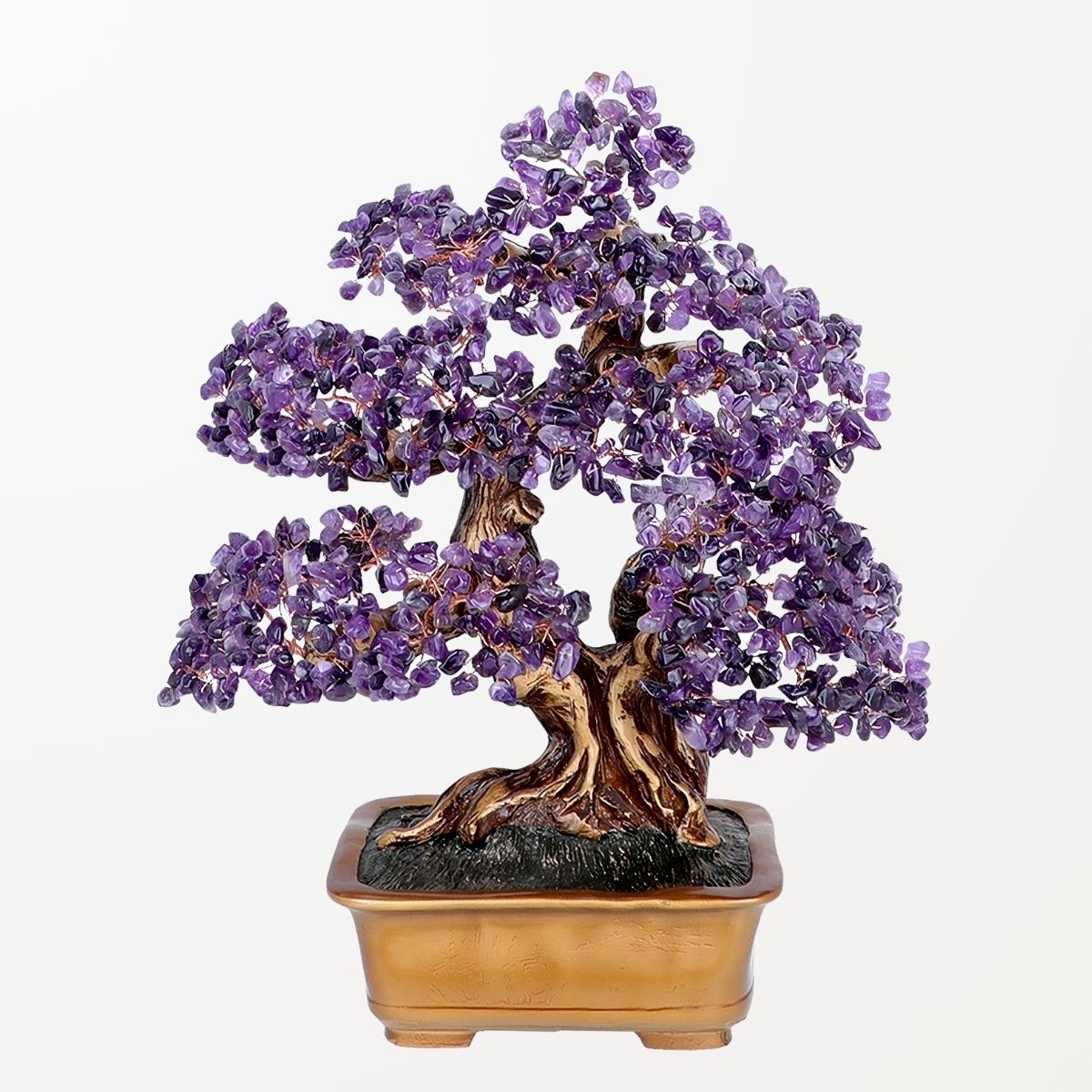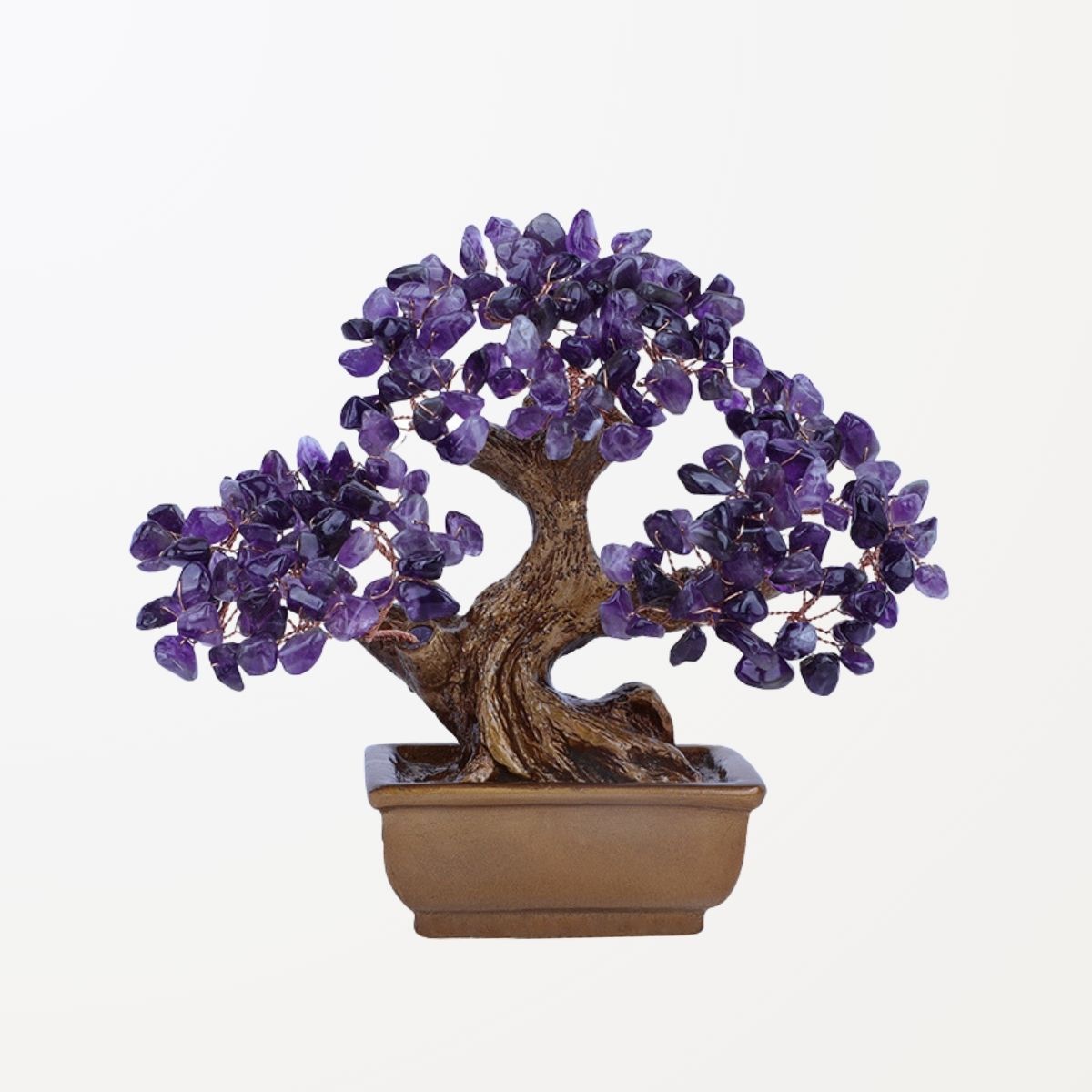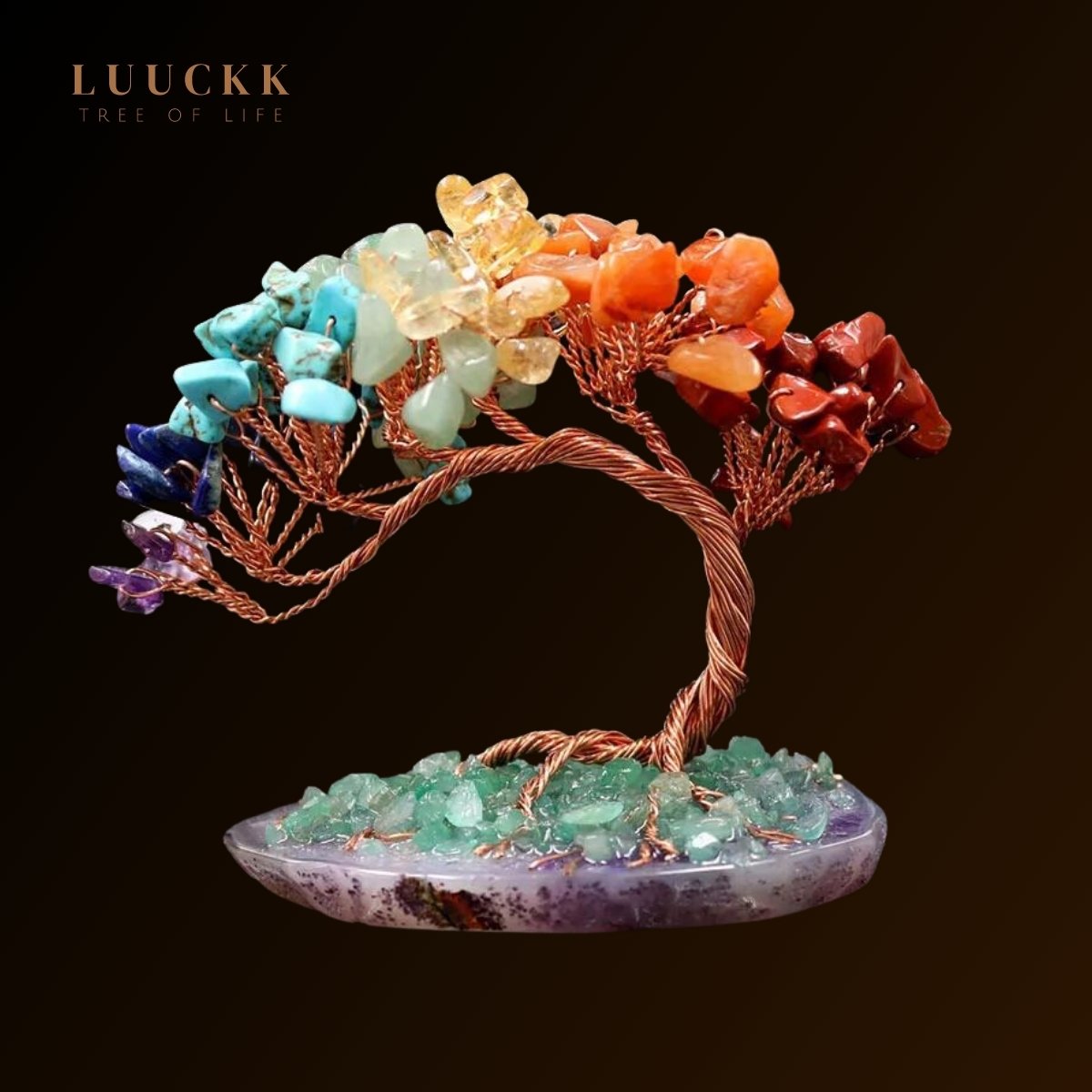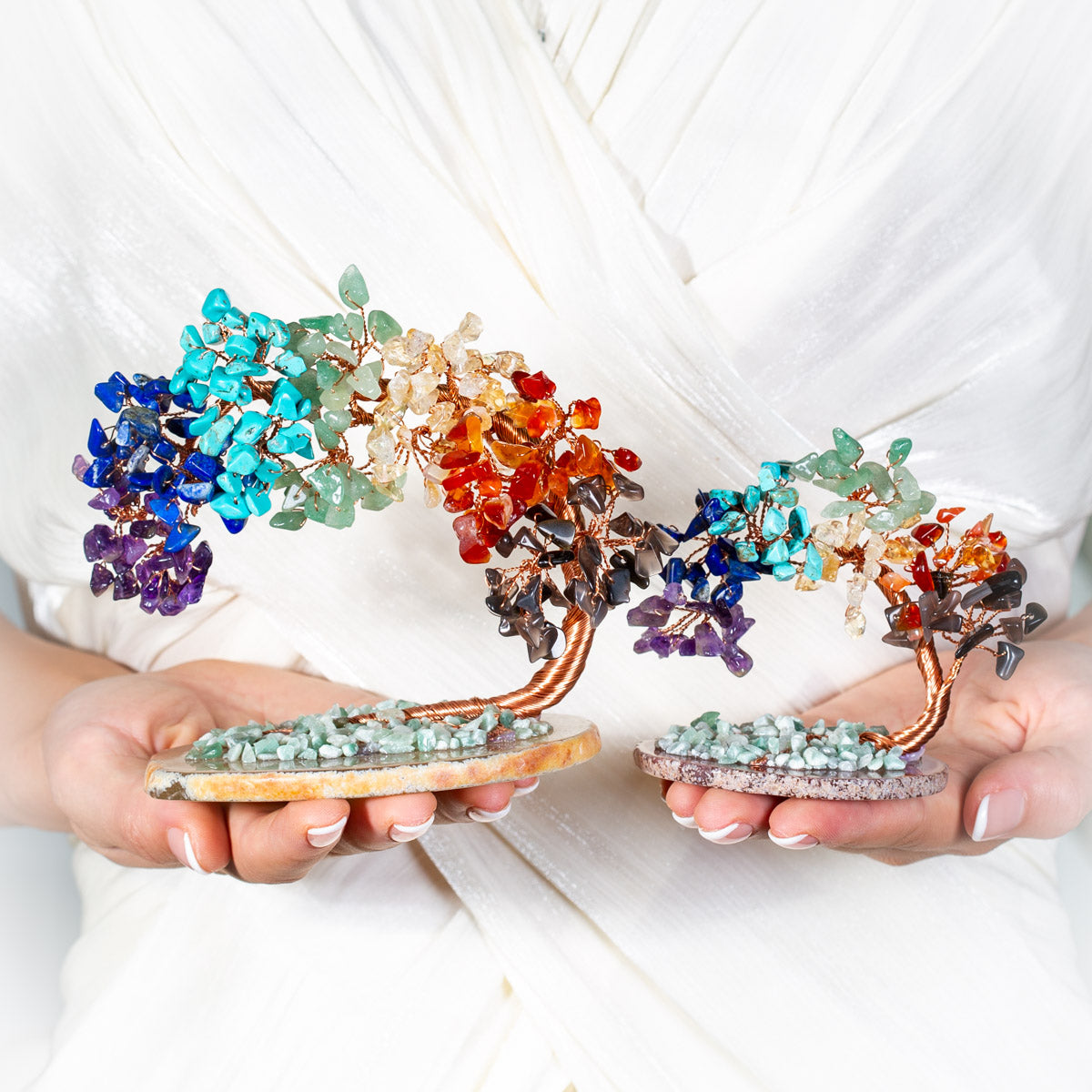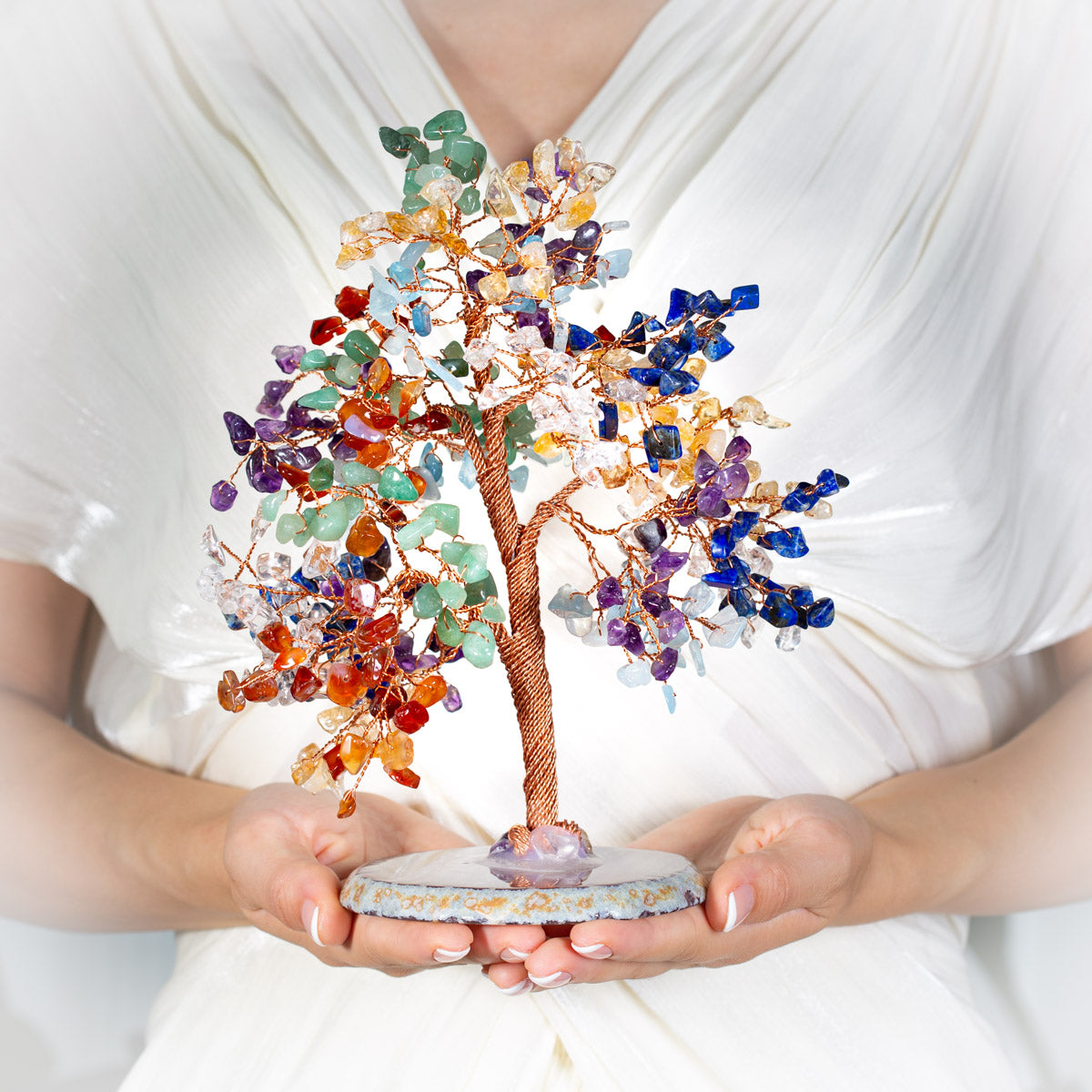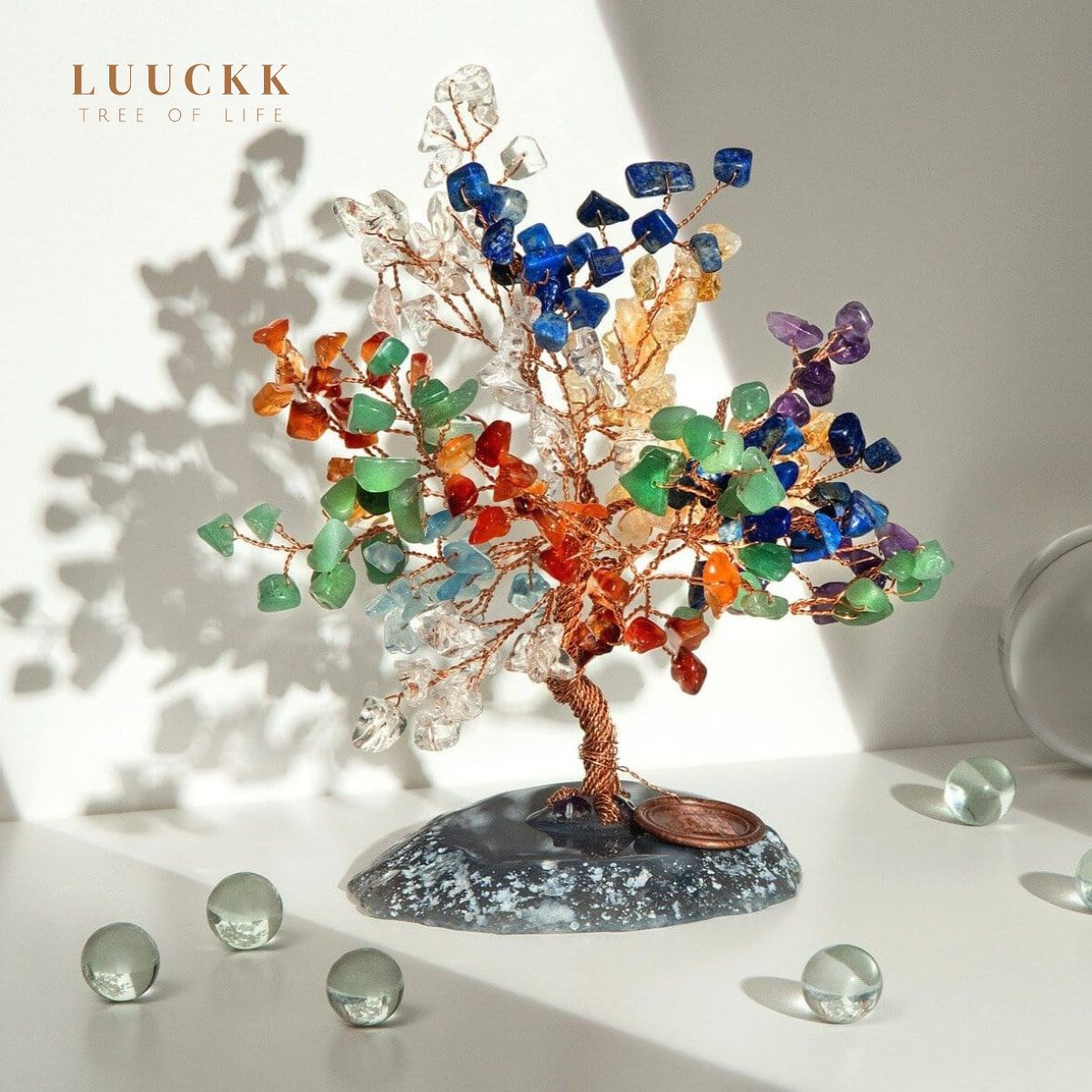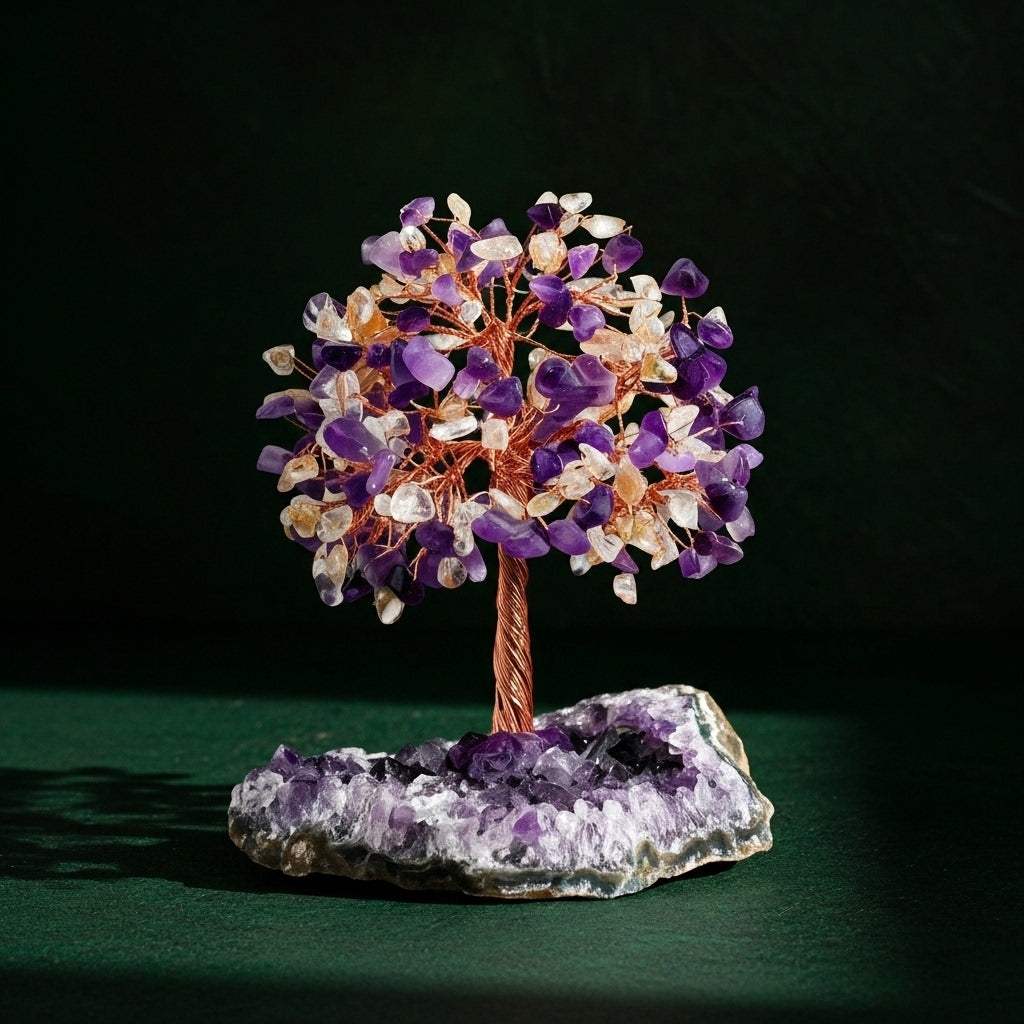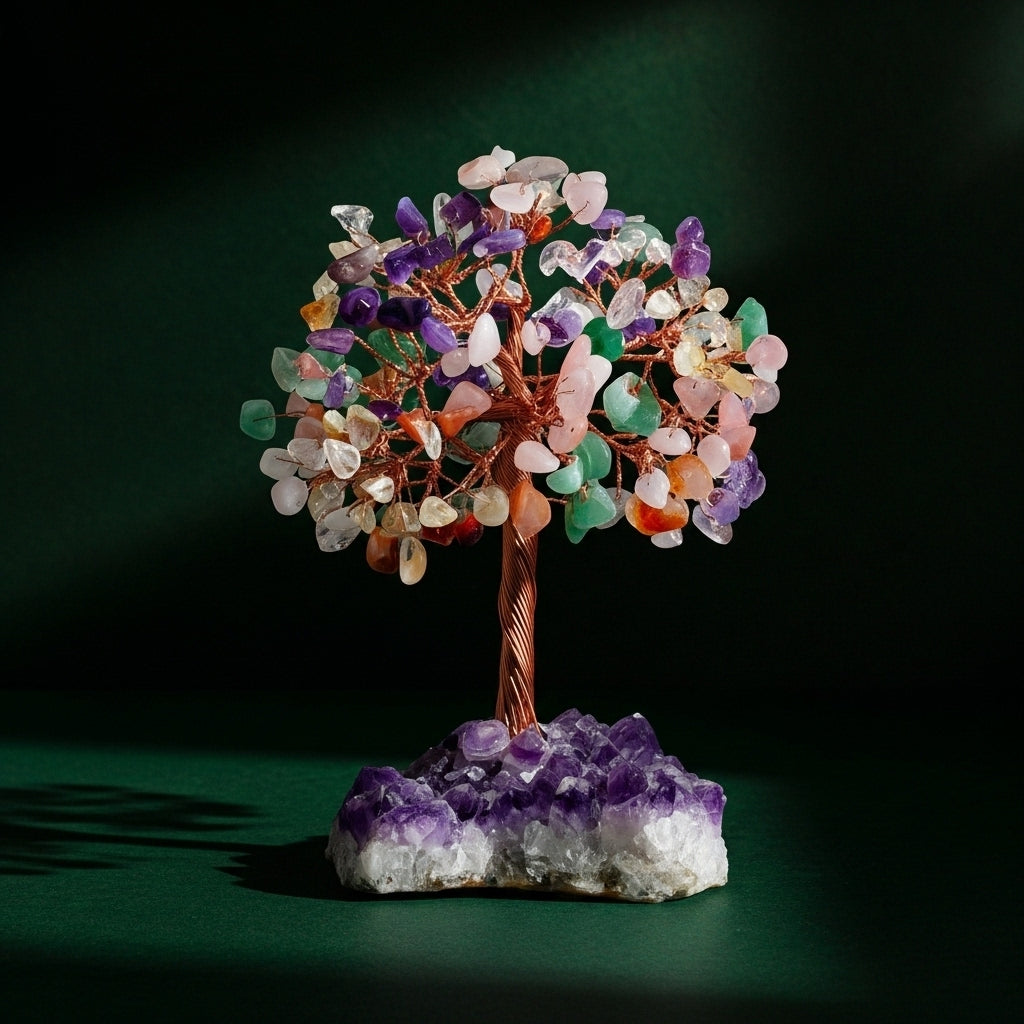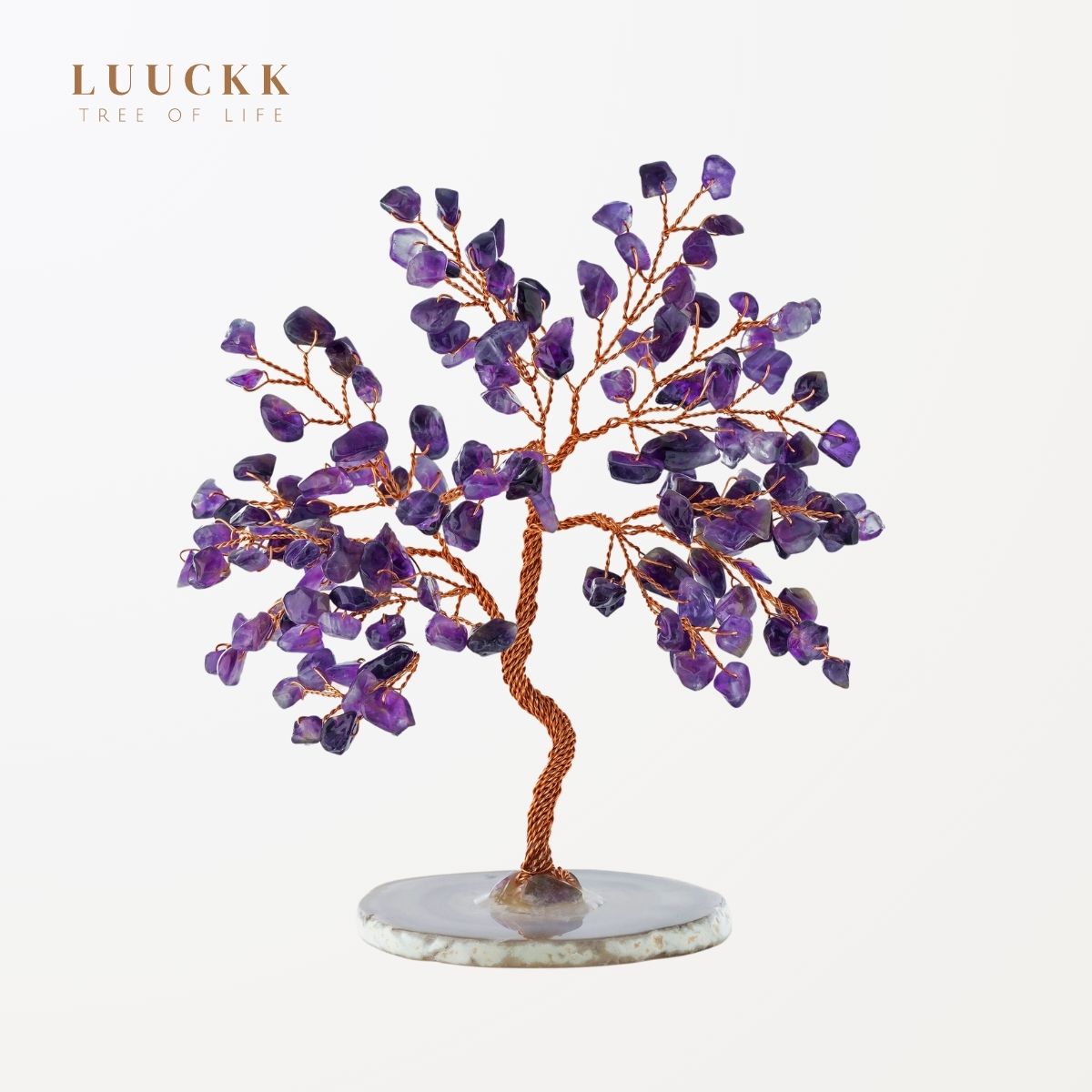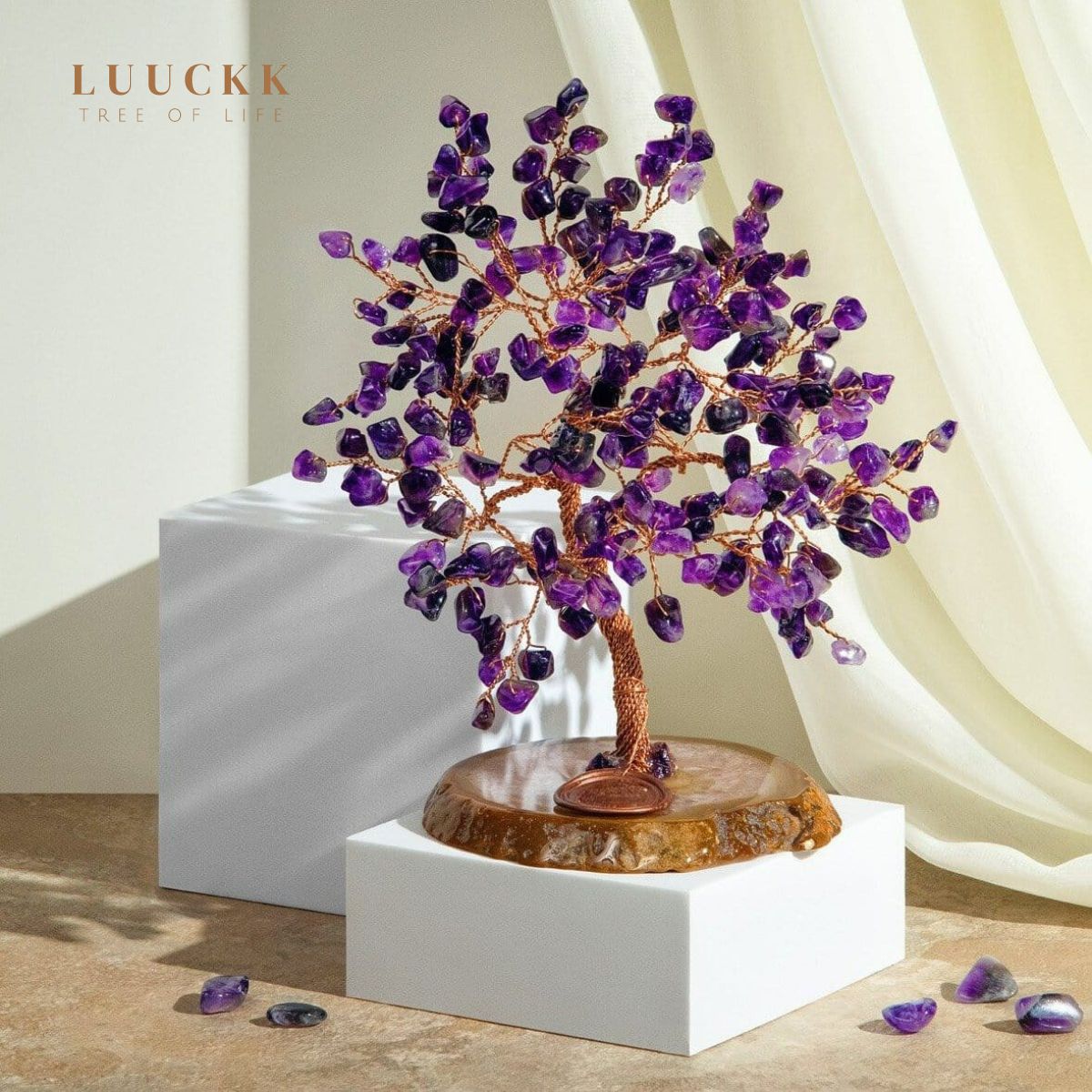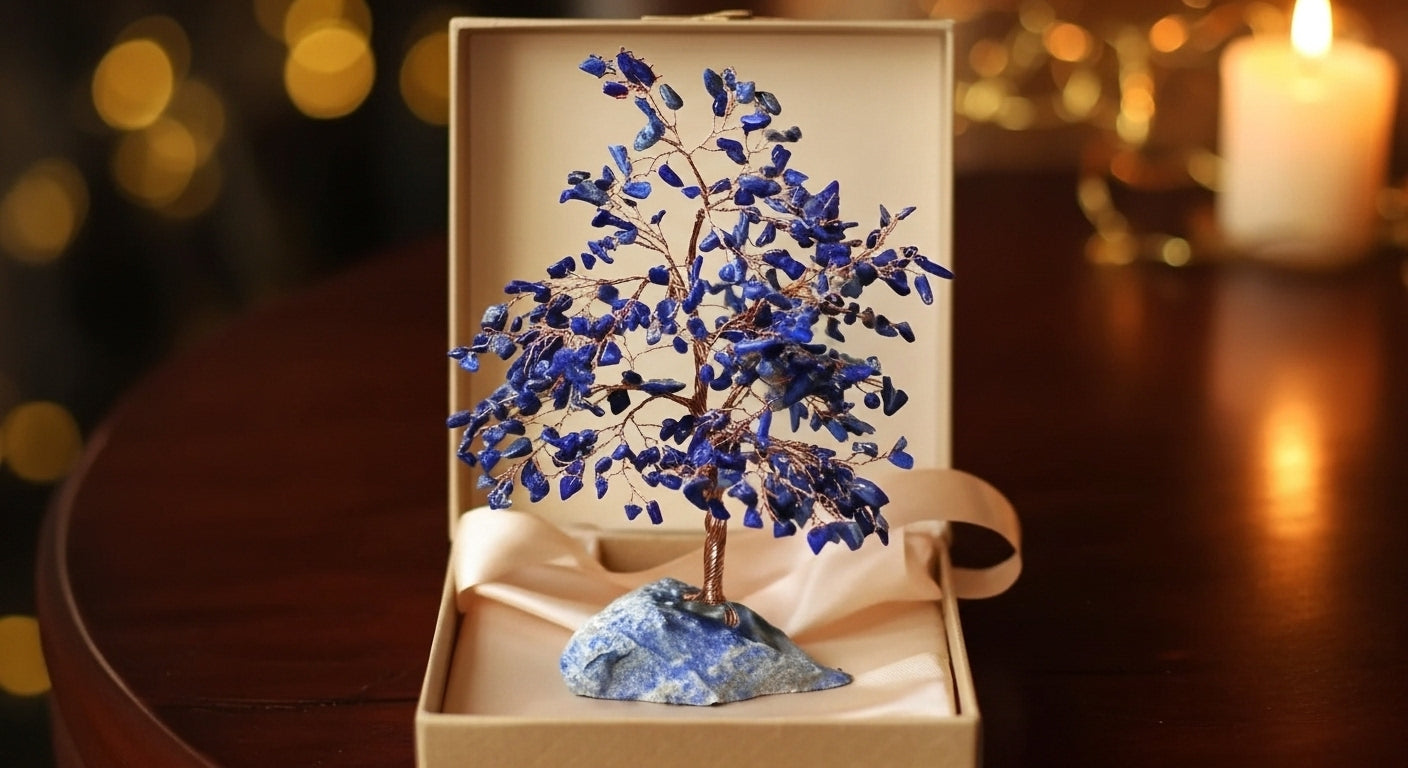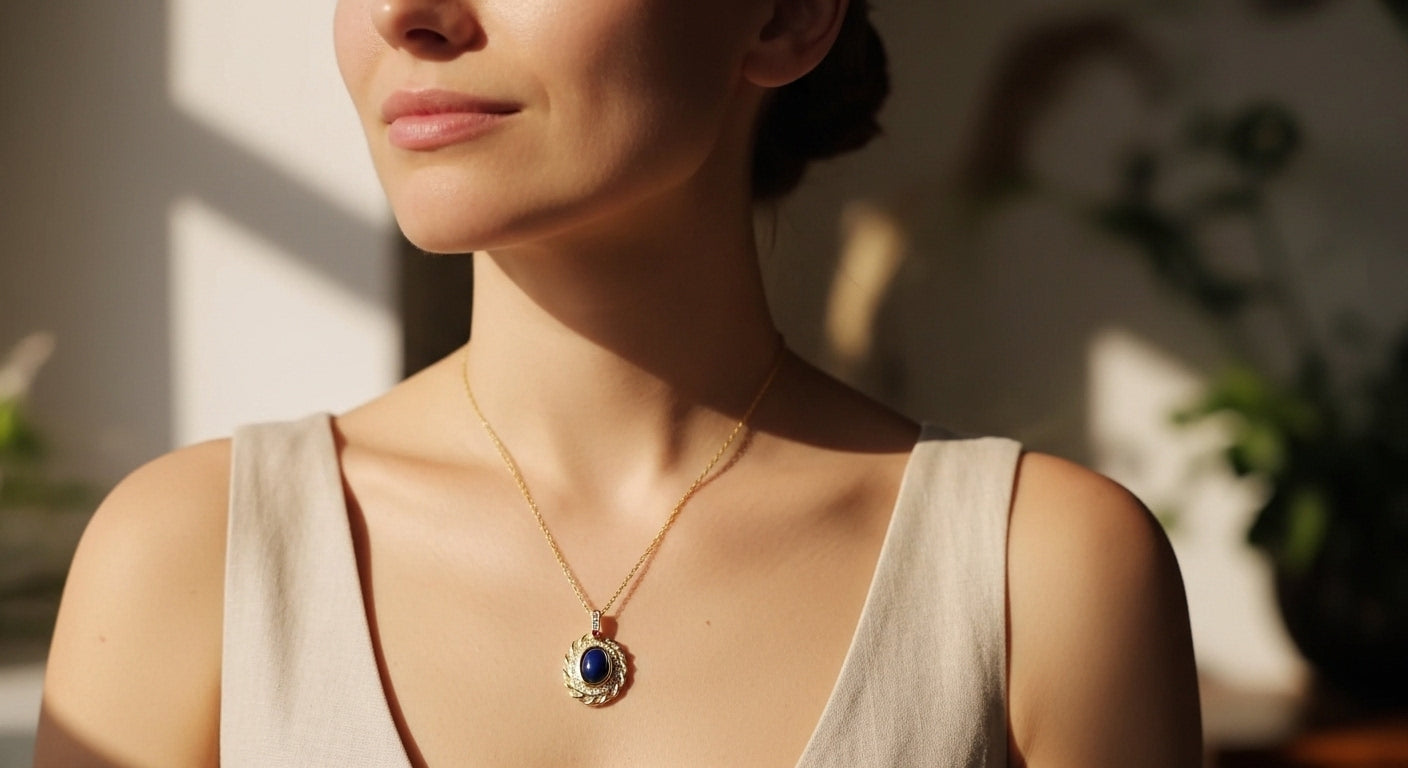
Lapis Lazuli Jewelry: Elegance and Spiritual Power
For millennia, lapis lazuli has fascinated with its deep blue color and golden flecks. This stone, prized by ancient civilizations and modern jewelers, is more than just a refined ornament: it also carries strong spiritual symbolism and countless virtues in lithotherapy. Associated with wisdom, intuition, and inner harmony, lapis lazuli is far more than a simple precious stone.
Why is lapis lazuli so highly sought after? What are its benefits, and how can you choose the right lapis lazuli jewelry? In this article, we reveal everything you need to know about this exceptional gem, from its fascinating history to its contemporary uses in jewelry and spirituality.
A stone revered across civilizations
Lapis lazuli has spanned ages and cultures, becoming an emblematic stone of power, spirituality, and beauty.
In ancient Egypt, it was considered the stone of the gods. It was found in the jewelry and ornaments of pharaohs, as well as in ritual objects like Tutankhamun’s funerary mask. The Egyptians believed that this stone encouraged communication with the divine.
Among the Sumerians, lapis lazuli was a symbol of royal power. The Sumerian queen Pu-Abi, buried over 4,500 years ago, wore numerous lapis lazuli jewels. The Babylonians and Persians used it as a talisman to attract luck and prosperity.
During the Renaissance, European artists ground lapis lazuli to obtain ultramarine pigment, one of the most precious blue hues. Leonardo da Vinci and Michelangelo used it for their major works, giving this stone a place of choice in art history.
See also our article: The Fascinating History of Lapis Lazuli: A Royal and Spiritual Stone

A precious stone from the depths of the Earth
Lapis lazuli is a metamorphic rock mainly composed of lazurite, calcite, and pyrite. It forms over millions of years under the influence of heat and pressure in limestone rocks enriched with minerals.
The main deposits of lapis lazuli are found in Afghanistan, notably in the Badakhshan province, where it has been mined for over 6,000 years. Chile, Russia, and certain regions of the United States also have mines, but Afghan specimens remain the most prized for their intense color and exceptional quality.
Lapis lazuli jewelry: a blend of refinement and symbolism
Jewelers appreciate lapis lazuli for its vibrant color and ease of cutting. It is used to craft necklaces, rings, bracelets, and pendants that suit various styles and occasions.
A precious stone valued in jewelry
Lapis lazuli is often set in gold or silver to enhance its natural luster. It comes in various forms:
- Necklaces and pendants: perfect for showcasing its protective energy.
- Rings and signet rings: symbols of self-assertion and inner strength.
- Bracelets and beads: worn daily to benefit from the stone’s properties.
- Earrings: add a touch of elegance.
How to recognize genuine lapis lazuli?
- Color: an intense blue with golden flecks of pyrite.
- Texture: slightly grainy to the touch.
- Weight: denser than glass or plastic imitations.
Wearing lapis lazuli jewelry goes beyond aesthetics. In lithotherapy, it is renowned for its calming and stimulating properties.
The benefits of lapis lazuli in lithotherapy
Lapis lazuli is recognized for its many virtues on a mental, emotional, and physical level.
Mental and spiritual benefits
- Development of intuition and wisdom: promotes mental clarity and well-informed decision-making.
- Improved communication: helps express thoughts with confidence.
- Spiritual awakening: associated with the third eye chakra, it facilitates meditation.
Emotional benefits
- Relief from stress and anxiety: brings a sense of inner peace.
- Emotional harmony: useful for those going through periods of doubt or confusion.
Physical benefits
- Improves sleep quality: wards off nightmares and promotes lucid dreaming.
- Relieves migraines: used in lithotherapy to soothe nervous tension.
- Strengthens the immune system: helps purify the blood and supports cellular regeneration.
To fully benefit from its virtues, it is recommended to wear lapis lazuli jewelry in contact with the skin or place a stone under the pillow to improve sleep quality.
See also our article: Lapis Lazuli and Chakras: How to Harmonize Your Energies?

The best occasions to offer lapis lazuli jewelry
Lapis lazuli jewelry is an ideal gift for many occasions. Offering this stone for a birthday, especially to someone born in December, is particularly symbolic since it is one of the birthstones for that month.
It is also perfect for celebrating a life change, such as a new job or a promotion. Since lapis lazuli is associated with wisdom and self-confidence, it is a powerful talisman for embarking on a new professional stage.
On a more personal level, lapis lazuli jewelry is a symbol of harmony and sincerity, making it an excellent choice for a wedding anniversary or a gesture of true friendship.
How to match your lapis lazuli jewelry to your style?
The deep blue of lapis lazuli adapts to many clothing styles.
For an elegant outfit, a lapis lazuli necklace worn with a black dress or a white blouse creates a striking contrast. Lapis lazuli rings and bracelets, paired with gold or silver jewelry, elevate a sophisticated look while maintaining refinement.
For a more casual style, a lapis lazuli bracelet pairs well with natural fabrics like linen or cotton. It adds a bohemian and authentic touch to a simple outfit while providing protective energy.
Lapis lazuli can also be combined with other natural stones. Paired with amethyst, it enhances spirituality and serenity. With rose quartz, it fosters emotional harmony, while black onyx adds a protective and grounding dimension.

Maintaining and purifying lapis lazuli jewelry
Like all natural stones, lapis lazuli requires regular care to preserve its beauty and energetic properties.
It is advisable to clean it with a soft cloth and avoid any contact with chemicals or salt water, which could damage its surface. For energetic purification, it can be placed on a cluster of quartz or exposed to sage or incense smoke.
To recharge it, moonlight is ideal, especially during the full moon. Unlike some stones, lapis lazuli should not be exposed directly to sunlight, as it may lose its brilliance.
Why choose lapis lazuli jewelry?
Lapis lazuli is much more than a simple ornament. Its history, virtues, and elegance make it a precious stone that is both powerful and timeless.
Whether you want to benefit from its soothing properties, enhance your style, or offer a symbolic gift, lapis lazuli jewelry remains a unique and meaningful choice. Wearing this stone means surrounding yourself with benevolent energy while embellishing your outfit with an exceptional gem.
Conclusion:
Lapis lazuli is a stone that has stood the test of time without ever losing its value or appeal. Used since antiquity by kings and priests, it is today appreciated for its refined aesthetics and its numerous virtues in lithotherapy.
Wearing lapis lazuli jewelry means choosing an elegant and timeless accessory while benefiting from its calming and protective qualities. Whether to assert your style, strengthen your intuition, or give a symbolic gift, this precious stone is an ideal choice.
By integrating lapis lazuli into your daily life, you surround yourself with positive and benevolent energy, all while wearing a gem that has always embodied beauty, wisdom, and spirituality.
FAQ: Everything you need to know about lapis lazuli jewelry
1. What is lapis lazuli?
Lapis lazuli is a deep blue stone often dotted with golden pyrite specks. It is used in jewelry and lithotherapy for its spiritual and soothing properties.
2. What are the benefits of lapis lazuli?
Lapis lazuli encourages intuition, improves communication, and helps relieve stress. It is also believed to help with migraines and enhance sleep quality.
3. How do I recognize genuine lapis lazuli?
Authentic lapis lazuli has an intense blue color with golden pyrite inclusions. It feels slightly grainy and should not appear too uniform, which might indicate an imitation.
4. How do I take care of my lapis lazuli jewelry?
Avoid salt water and chemical products. Clean it gently with a soft cloth and purify it by placing it on a quartz cluster or exposing it to incense smoke.
5. Can I wear lapis lazuli every day?
Yes, you can. Like all natural stones, however, it is recommended to recharge it regularly to maintain its energetic benefits.
6. Which stones pair well with lapis lazuli?
It goes well with amethyst for spirituality, rose quartz for emotional harmony, and black onyx for protection.
7. When is the best occasion to gift lapis lazuli jewelry?
Lapis lazuli is perfect for birthdays (especially in December), a new job, a promotion, or any occasion symbolizing wisdom and serenity.
8. Where can I find the best lapis lazuli?
The finest specimens come from Afghanistan, particularly in the Badakhshan region, known for its high-quality lapis lazuli deposits.
9. Is lapis lazuli suitable for all zodiac signs?
It is especially beneficial for Sagittarius, Virgo, and Pisces, but anyone can benefit from its properties.
10. Is lapis lazuli considered a precious or semi-precious stone?
Lapis lazuli is classified as a fine stone (formerly known as a semi-precious stone) and is among the most prized in both jewelry and lithotherapy.
Suggested Products
Best products
